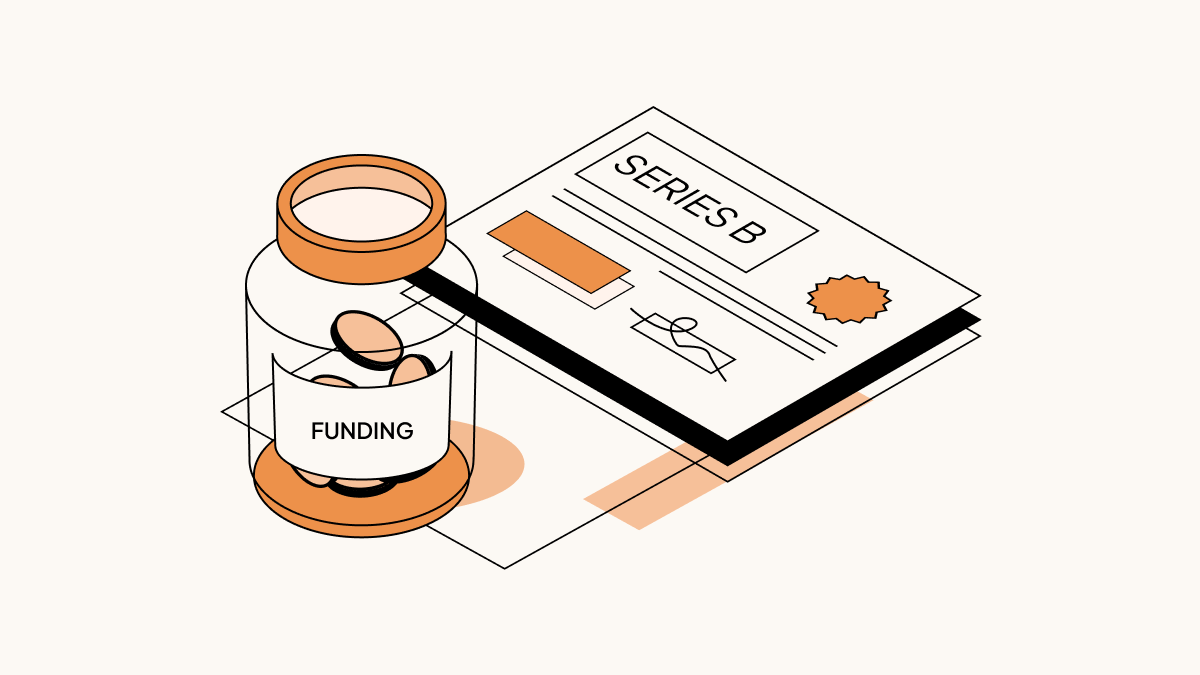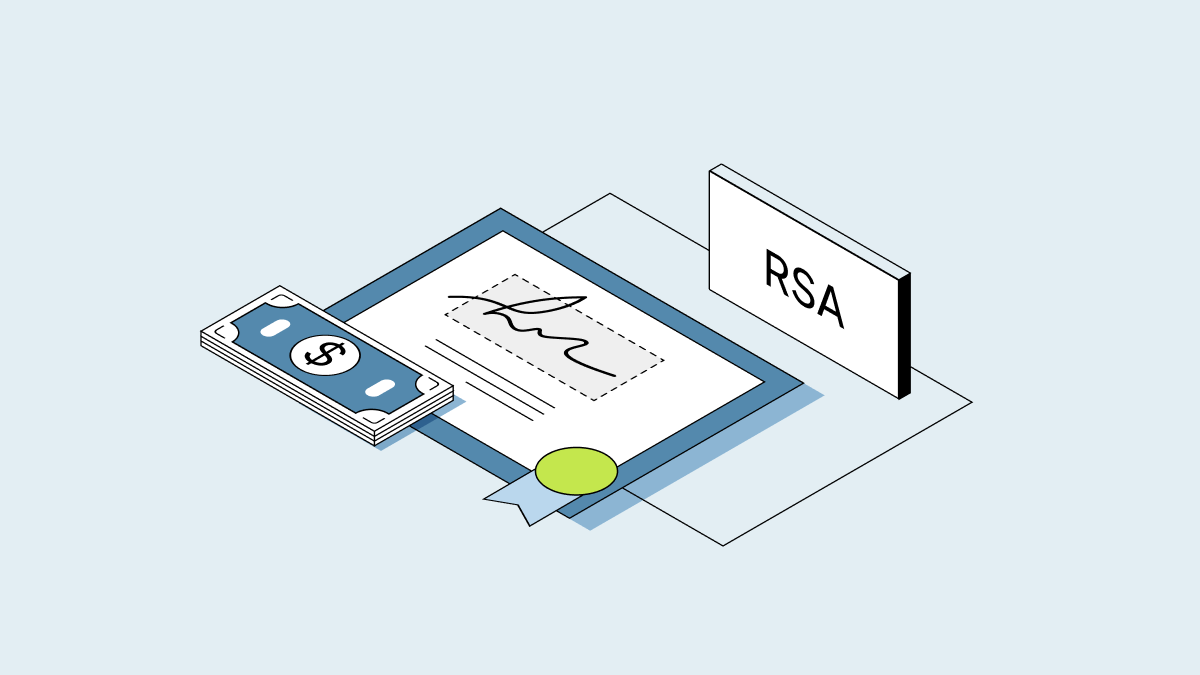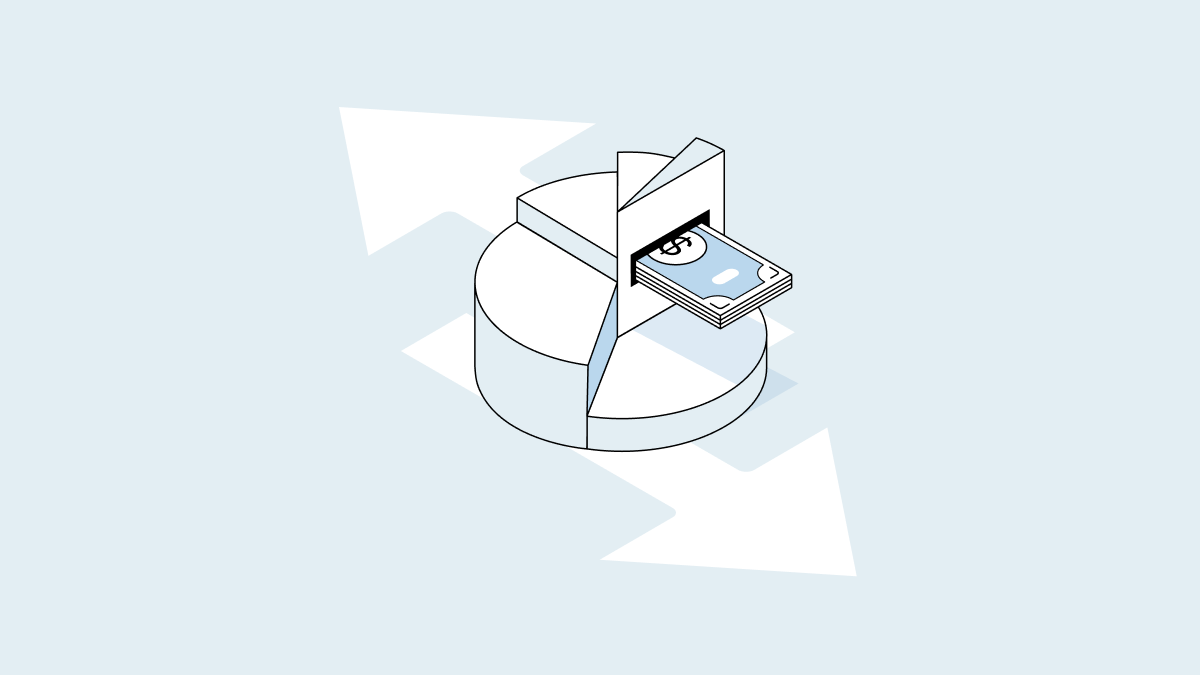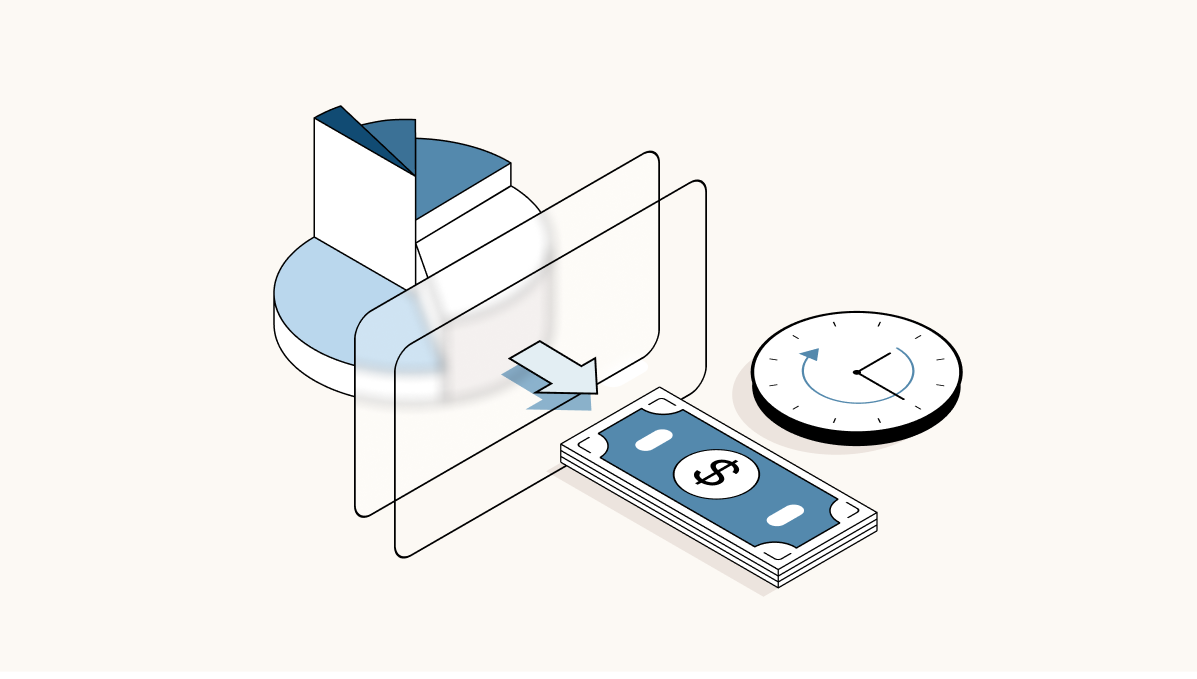After a post-pandemic period of high valuations and low interest rates, the private market downturn in early 2022 laid the foundations for a more competitive funding landscape. Now, as the venture capital markets in the U.S. and Europe gradually begin to thaw, today’s founders must be prepared to meet a high bar if they stand a chance of securing finance.
We’ve put together the ultimate guide to Series B funding for startup founders looking to scale up in a tough economic climate, drawing on the insights shared by Tessa Clarke, co-founder and CEO of U.K. startup Olio, and Constanza Diaz, investment manager at Octopus Ventures, during Carta’s "How To Craft The Perfect Series B Pitch" webinar.
What is Series B funding?
Series B is a priced round that usually follows a Series A round of funding. Companies typically raise Series B funding from institutional investors, such as venture capital firms, in order to increase their customer base, find new markets, and scale operations.
How much funding should you raise at Series B?
A crucial part of preparing for a funding round is deciding how much capital you want to raise, and on what terms. The size of your Series B round depends on how you plan to use the cash and how long it needs to last. When calculating your cash runway, consider your burn rate and what you hope to achieve in a particular time frame—such as increasing headcount, expanding internationally, or launching a new product or service.
As capital becomes increasingly expensive and less readily available, Olio CEO Tessa Clarke recommends allowing for some headroom above your anticipated round size. Investment manager Constanza Diaz agrees, but cautions against setting unrealistic expectations and overdiluting your share capital unnecessarily. “Raise whatever you need to reach your next milestone, with a buffer in case things don’t go to plan, but don’t raise twice that amount.”
It’s also useful to consider how much other startups at a similar stage have raised. In Q3 2023, the median size of Series B rounds for U.S. companies on Carta was $15.1 million, which represents a 39.8% decrease from Q1 2021. Evidently, the state of the market has a significant impact on the amount venture capitalists are willing to invest across the board.
What is the difference between Series A funding and Series B funding rounds?
Investors will naturally have different expectations for early-stage startups and later stage companies, but the progression from Series A to B is a more of a gray area—especially given the increasing reliance on bridge rounds, often led by internal investors.
In theory, “Series A is all about proving product-market fit and starting to craft your go-to-market (GTM) strategy,” explains Constanza Diaz. “At Series B you need to show GTM fit, so you can invest more heavily in the things that are already working.”
In reality, it’s not so clear-cut. Investor preferences vary across industries and some companies will make more progress in certain areas than others. Since there’s no global benchmark for success at each stage, you’ll need to prove that your business has evolved since your last funding round—and still has room to grow.
When should you raise a Series B round?
Generally speaking, there’s no right or wrong time to raise funding. Your financing decisions should be based on your company’s specific circumstances and needs, as well as market conditions.
After closing a Series A round, startups typically wait two years before raising their Series B. However, since the start of 2022, founders have been leaving longer between priced rounds and trying to optimize cash flow while they wait for the market to pick up again. Raising a bridge round or exploring financing options other than equity, such as venture debt, can help companies extend their runway in the interim.
Despite leaving three-year intervals between the seed round, Series A, and Series B since founding Olio in 2015, Tessa Clarke’s motto is "Always be fundraising." In her experience, adopting an “ABF” mindset makes for a more efficient fundraising process at any stage. “Cultivating investor relationships long before going to market allows you to continuously test and iterate on your messaging and get feedback in real time.”
Preparing a Series B fundraising pitch
Pitching to investors is an opportunity to tell your company’s story and persuade them to participate in your next funding round. It can also help you build long-term relationships that may result in future investment, a merger or an acquisition (M&A).
A well-executed pitch deck will help you deliver a compelling narrative and get emotional (and financial) buy-in from your audience.
How to create a Series B pitch deck
Most companies follow a standard formula for the content and structure of their deck—the design and details are what set them apart. Using a pitch deck guide or template can offer inspiration and ensure you’ve covered the fundamentals, such as:
-
Problem and solution
-
Evidence of traction
-
Business model
-
Competitor analysis
-
Fundraising goals
-
Team expertise
Clarke and Diaz agree that 10-12 slides is enough at the Series B stage. If you’re delivering a live pitch, cut back on text and ensure your visual presentation is clear and engaging. If you’re emailing VCs a “teaser” deck in the hope of securing a follow-up call, the trick is to offer a high-level overview rather than going into detail. Tracking tools—like Carta’s free Pitch Deck Sender available through the Founder Studio—indicate that the average investor only spends two to three minutes looking at a deck, so a concise and jargon-free message will be more impactful.
The positioning of your deck is likely to change at each funding stage. Early-stage investment pitches tend to be mission-driven, but by Series B you should be using data to demonstrate traction and a sustainable growth trajectory. It’s also best practice to avoid reusing content from previous decks, as your company’s narrative will have evolved since the last round to reflect changes in the market and customer needs.
What investors are looking for at the Series B stage
In any climate, investors will expect clarity on how much capital you want to raise, how much runway it will give you and what you aim to deliver in that time. Today, with less appetite for risk among VCs and down rounds at the highest rate since 2018, founders are under more pressure to demonstrate a solid revenue model and a credible path to profitability.
The advice from investors like Constanza Diaz is to “focus on growing efficiently, rather than growing at all costs.” So, if you’re planning to fundraise in the near future, you’ll need to adjust your performance metrics in line with changing expectations, as Tessa Clarke explains. Startups with a low burn multiple (net annual burn rate divided by net new ARR) and a plan to break even—in 12 months rather than two to three years—make for a more attractive investment prospect, she says.




